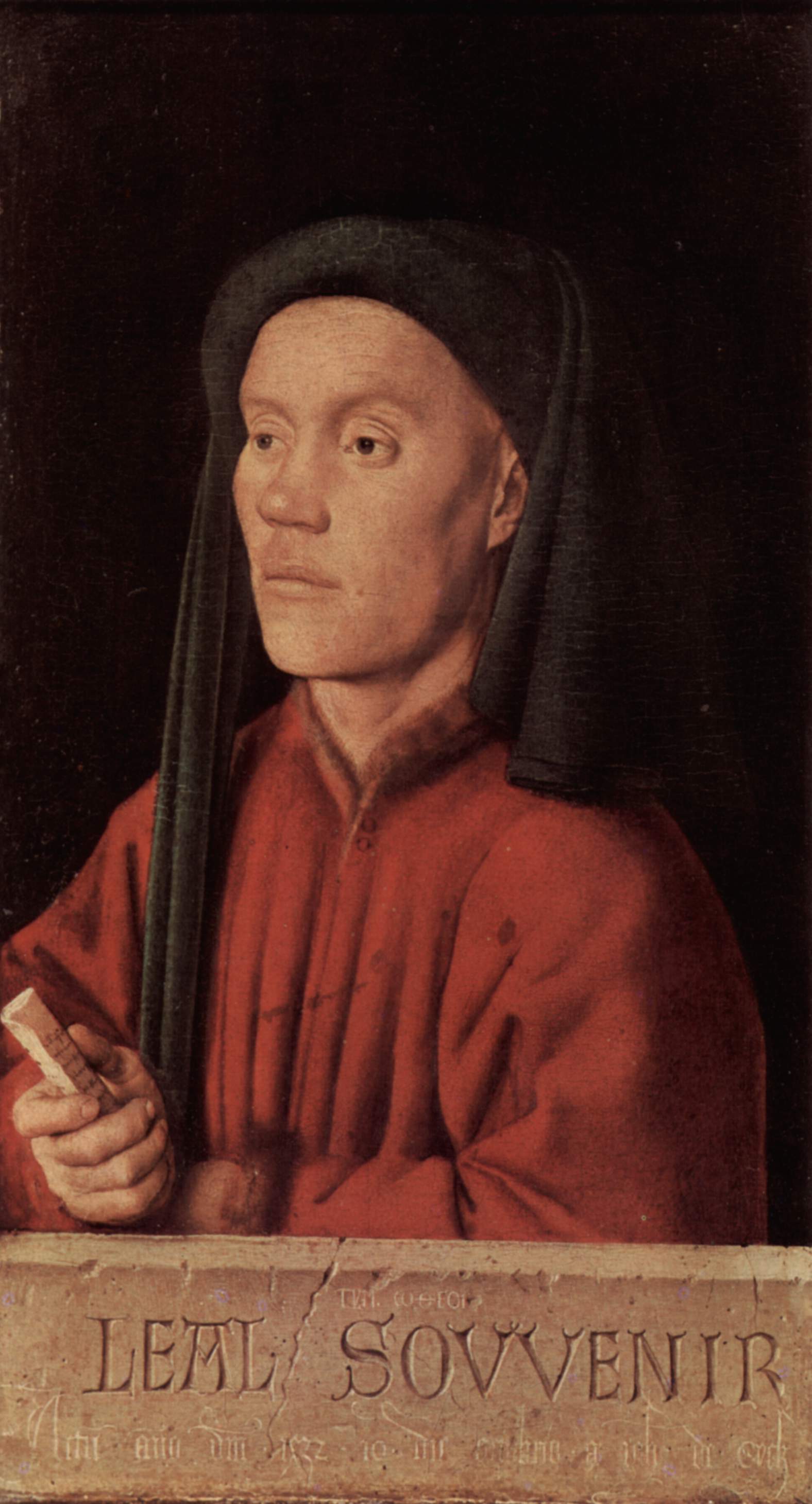Humanism and Music (c.1400 - c.1500)

This movement of the Renaissance had emphasized secular concerns as a result of the rediscovery and study of the literature, art, and civilization of ancient Greece and Rome. They believed that solutions to
problems could come from humans intellect and effort rather than only from divine revelation or grace.
The aristocracy of secular wealth and power produced by rising capitalism resulted in this newly emergent feeling of personal freedom from religious authoritarianism and a consequent emphasis on the pleasures of the senses, know as Humanism.
The belief that persons are the masters of their own fate, the grow up of this new sentiment of optimism about humankind itself, and the rebirth of classic culture is also called as "Renaissance". In the mist of all this "rebirth" the Hundred Year's War happened.
 In 1337, Edward III had responded to the confiscation of his duchy of Aquitaine by King Philip VI of France by challenging Philip’s right to the French throne, and that precipitated the beginning of the Hundred Year's War that lasted until 1453. The War actually benefited the development of the musical style of that time in many ways.
In 1337, Edward III had responded to the confiscation of his duchy of Aquitaine by King Philip VI of France by challenging Philip’s right to the French throne, and that precipitated the beginning of the Hundred Year's War that lasted until 1453. The War actually benefited the development of the musical style of that time in many ways. The Hundred Year's War helped to make a cross-fertilization between musicians and music. The English brought their music, full of sweet simpler melodies, a little shorter, more focused on the spoken language nuances with simpler harmonies (consonances) to France. Another way that the music was befitted from the War is because it left a a large area, known as Burgundy, completed untouched. The dukes who ruled Burgundy were related to the French royal family but did not had any direct involvement in the war itself, which left them in a good financial situation. They were able to cultivate a fabulous court, a center of music and other arts as patrons. One of the most important musician that had financial support from the Burgundy was Guillaume Dufay (1397 - 1474).
Dufay played a major role in the creation of the expressive and vertically oriented Burgundian style (a synthesis that leavened the subtle French contrapuntal art of the ars nova with the simpler, more mellifluous melodic art of the italian and the homogeneous triadic textures of the English) and also in the development of fauxbourdon. He was also very well known for developing a new cyclic concept f the Mass Ordinary as a large-scale, musically unified whole based on a borrowed cantus firmus.
 |
| Gilles Binchois |
His entire creative life was spent in Burgundy, and so his style is less varied than those of many other prominent composers of the era. Binchois' output represents one of the highest points in French secular composition in the 15th century, every song being a carefully crafted masterpiece. Today we will take a look at his De plus en plus rondeau piece.
This is a Chanson and the text is a love poem, coming from the French tradition of courtly love. Th English tradition influence can be felt on the continuity use of thirds and sixths, as well as the use of triads on the harmonisation of the melody. I couldn't find anything really amazing about this piece, other that gives a perfect example of the influence of both English and French styles that happened in place because of the Hundred Year's war.
Here is a very interesting rendition of Binchois' pice, for voice, string and pluck stringed instrument. I like this set up, for being a secular music I feel like it should be played with instruments is less boring and gives to the listeners some nice contrasting timbers. By listening to this you can see how Binchois is very much like Dufay, and how the tradition of the Burgundian style was strong at that time.
References:
Seaton, Douglass. Ideas and Styles in the Western Musical Tradition. Mountain View, CA: Mayfield Pub., 1991. Print.
Latham, Alison. The Oxford Dictionary of Musical Terms. Oxford: Oxford UP, 2004. Print.
Burkholder, James Peter, and Claude V. Palisca. Norton Anthology of Western Music.Vol. 1. New York: W. W. Norton, 2006. Print.
Latham, Alison. The Oxford Dictionary of Musical Terms. Oxford: Oxford UP, 2004. Print.
Burkholder, James Peter, and Claude V. Palisca. Norton Anthology of Western Music.Vol. 1. New York: W. W. Norton, 2006. Print.
Nenhum comentário:
Postar um comentário